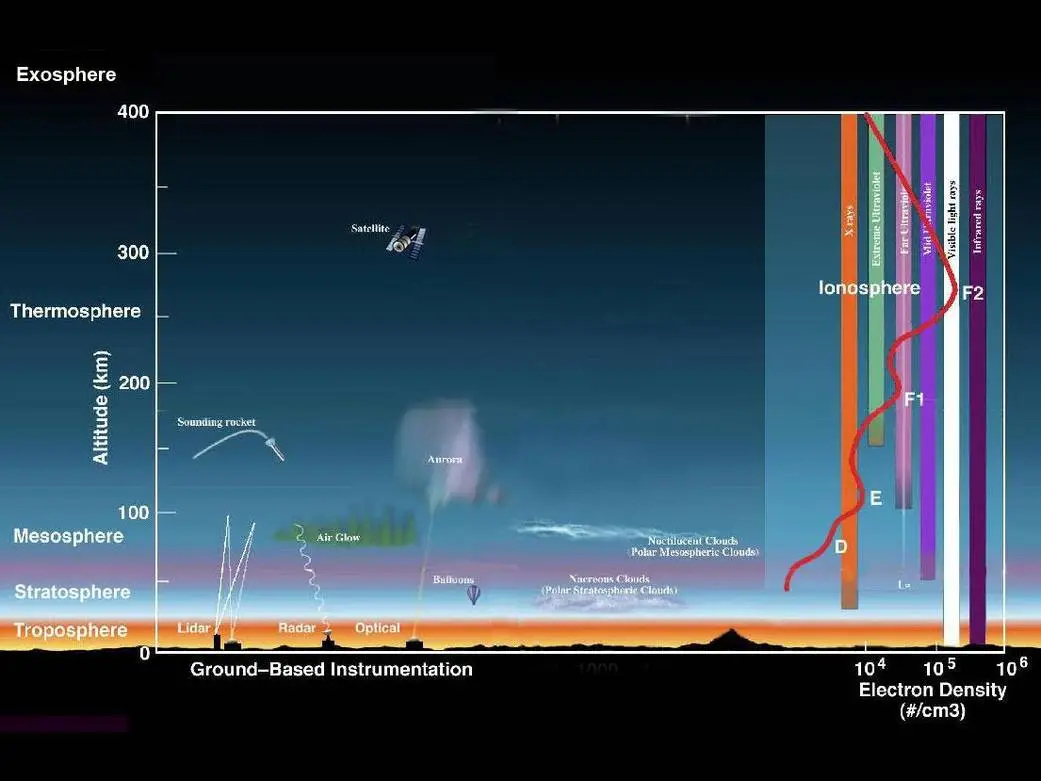Why is it that whenever we look out into the abyss of space, we find ourselves to be the only sign of life in an otherwise cold, inhabitable, and infertile universe?
Although there exists an endless amount of philosophical and religious answers to this question, we’ll use the lens of science: the answer is in our atmosphere.
There aren’t many things on our planet that protect us like the atmosphere does.
First, we look at the ozone layer, which acts as a shield against the sun’s harmful rays of radiation. Although we need some of the sun’s radiation to survive on Earth, too much radiation would be deadly. The ozone layer’s primary role is in preventing ultraviolet (UV) radiation from reaching our planet—in fact, it’s able to block 98% of UV light from hitting Earth.
Ultraviolet radiation is dangerous for many life forms and ecosystems, causing skin cancers in humans like basal cell carcinoma and squamous cell carcinoma.

While our atmosphere blocks the dangerous radiation coming from the sun, it also keeps the good kind inside our atmosphere. This is accomplished through the greenhouse effect, which is when infrared radiation that passes the ozone is absorbed into greenhouse gas molecules, subsequently warming the Earth and making it habitable.
The gases are then trapped in the atmosphere, meaning the Earth is able to keep a constant temperature. Without greenhouse gases, the radiation would hit Earth and bounce off; estimates say the average temperature on the planet without the greenhouse effect would’ve been -20ºC (or -4ºF), making it impossible for most ecosystems to even exist.
These are only two of many other features of the atmosphere, and for most of human existence, we didn’t even know about them. It was only in the 19th and 20th centuries that mainstream science began to discover the role the atmosphere played in protecting Earth.
Yet, the Qur’an mentions this 1400 years ago.
Undeniably, this verse references the protective features of the atmosphere, which is what sets us apart from all the other barren and uninhabitable planets. And still, people refuse to accept that we have been put on this Earth with a purpose; instead, they claim that all of these carefully engineered features are simply byproducts of “chance.” Had it actually been due to chance, wouldn’t we have seen this protective atmospheric phenomenon more often in our universe?